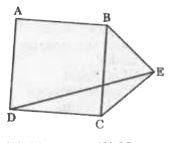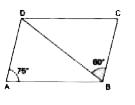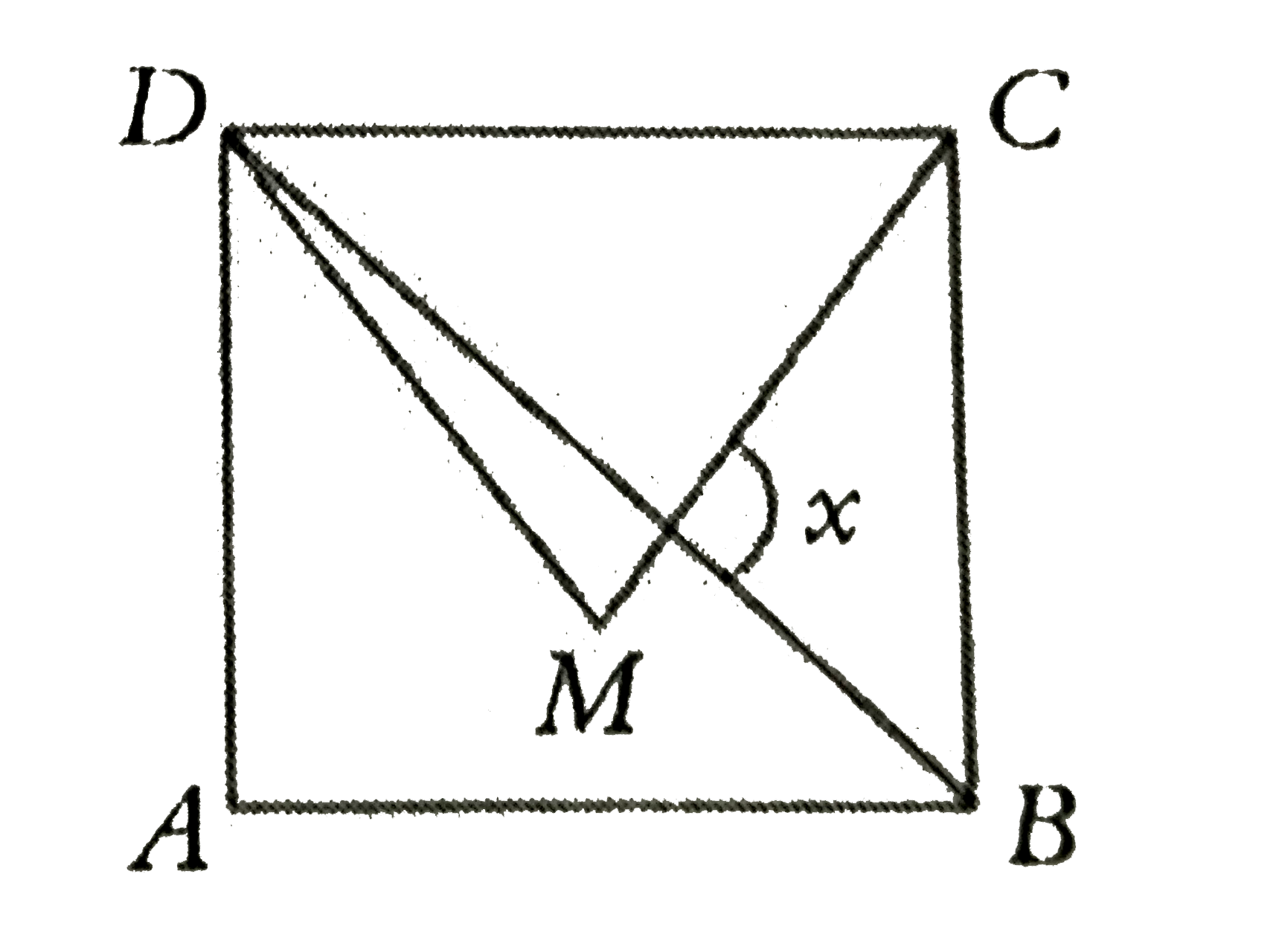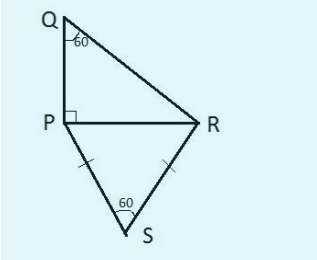In the given figure, ABCD is a rohombus with A=67∘. If DEC is an equilateral triangle, calculate
(i) ∠CBE
(ii) ∠DBE

(i)25.5∘ (ii)29∘
(i)24.5∘ (ii)40∘
(i)26.5∘ (ii)30∘
(i)28.5∘ (ii)28∘
The correct Answer is:C
Step by step video, text & image solution for In the given figure, ABCD is a rohombus with A=67^(@). If DEC is an equilateral triangle, calculate (i) angleCBE (ii) angleDBE by Maths experts to help you in doubts & scoring excellent marks in Class 9 exams.
Topper's Solved these Questions
- BOOK - NAGEEN PRAKASHANCHAPTER - QUADRILATERALSEXERCISE - Exercise 8b15videos
QUADRILATERALS
- BOOK - NAGEEN PRAKASHANCHAPTER - QUADRILATERALSEXERCISE - Revision Exercise (very Short Answer Questions)10videos
QUADRILATERALS
- BOOK - NAGEEN PRAKASHANCHAPTER - QUADRILATERALSEXERCISE - Problems From NCERT/exemplar11videos
QUADRILATERALS
- BOOK - NAGEEN PRAKASHANCHAPTER - PROBABILITYEXERCISE - Revision Exercise (very Short Answer /short Answer Questions)10videos
PROBABILITY
- BOOK - NAGEEN PRAKASHANCHAPTER - STATISTICSEXERCISE - Revision Exercise10videos
STATISTICS
Similar Questions
Knowledge Check
- Question 1 - Select One
In the adjoining figure, ABCD is a rhombus and ABE is an equilateral triangle. If ∠BCD=70∘, find
(a)∠ADE (b)∠BDE (c)∠BED
 A(a)20∘(b)40∘(c)30∘B(a)25∘(b)30∘(c)35∘C(a)30∘(b)45∘(c)15∘D(a)40∘(b)30∘(c)20∘
A(a)20∘(b)40∘(c)30∘B(a)25∘(b)30∘(c)35∘C(a)30∘(b)45∘(c)15∘D(a)40∘(b)30∘(c)20∘ - Question 2 - Select One
In the given diagram, ABCD is a square and Δ BCT is an equilateral triangle. ∠ BTD equals
 A30∘B15∘C45∘D35∘
A30∘B15∘C45∘D35∘ - Question 3 - Select One
In the given figure, ABCD is a rhombos and BCE is an isosceles triangle, with BC = CE, ∠CBE=84∘ and ∠ADC=78∘. What is the value (in degree) of ∠DEC ?
 A1) 20B2) 28C3) 33D4) 36
A1) 20B2) 28C3) 33D4) 36
Find the perimeter of the given figure : BCDE is a square and ABC is an equilateral triangle.
 View Solution
View SolutionIn the adjoining figure, ABCD is a parallelogram in which ∠BAD=75∘ and ∠DBC=60∘ .Calculate (i)∠CDB and (ii)∠ADB
 View Solution
View SolutionIn the given figure, ABCD is a square of side 6 cm and CDE is an equilateral triangle. Find the perimeter of the figure.
 View Solution
View SolutionIn the figure below, ABCD is a square , MDC is an equilateral triangle. Find the value of x.
 View Solution
View SolutionIn the given figure, I Rs = 3√3 cm and RPS is an equilateral triangle, then find the value of QR
 View Solution
View Solution


